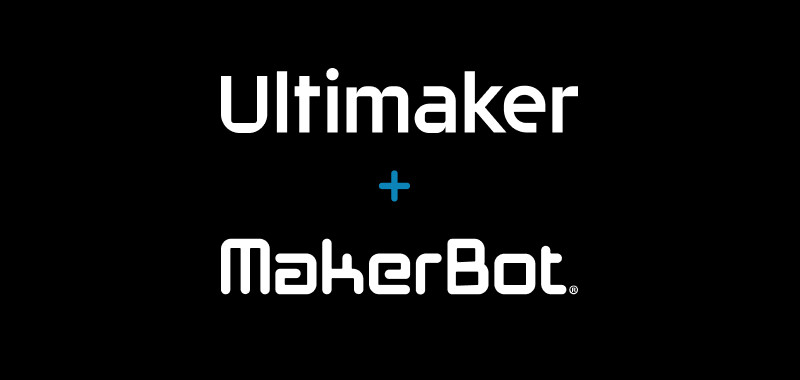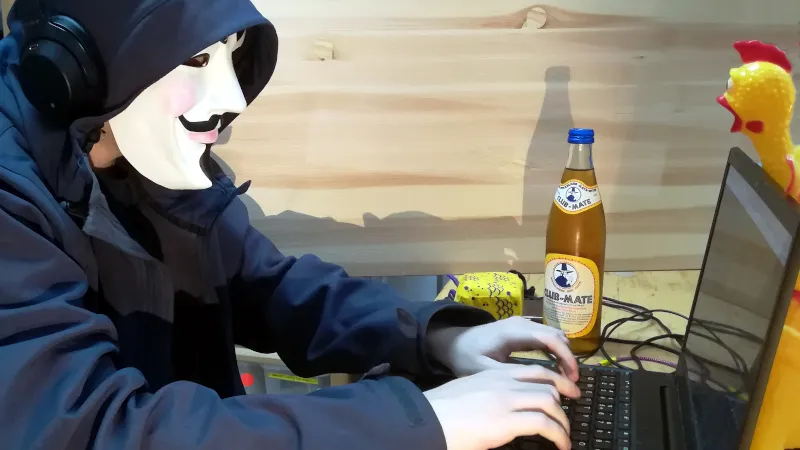The Vintage Computer Festival East is going down right now, and I’m surrounded by the height of technology from the 1970s and 80s. Oddly enough, Hackaday frequently covers another technology from the 80s, although you wouldn’t think of it as such. 3D printing was invented in the late 1980s, and since patents are only around for 20 years, this means 3D printing first became popular back in the 2000’s.
In the 1970s, the first personal computers came out of garages. In the early 2000s, the first 3D printers came out of workshops and hackerspaces. These parallels pose an interesting question …read more
 Continue reading VCF: 3D Printing In The 80s→
Continue reading VCF: 3D Printing In The 80s→

